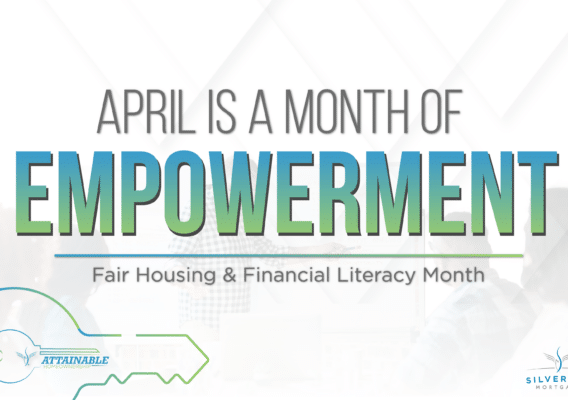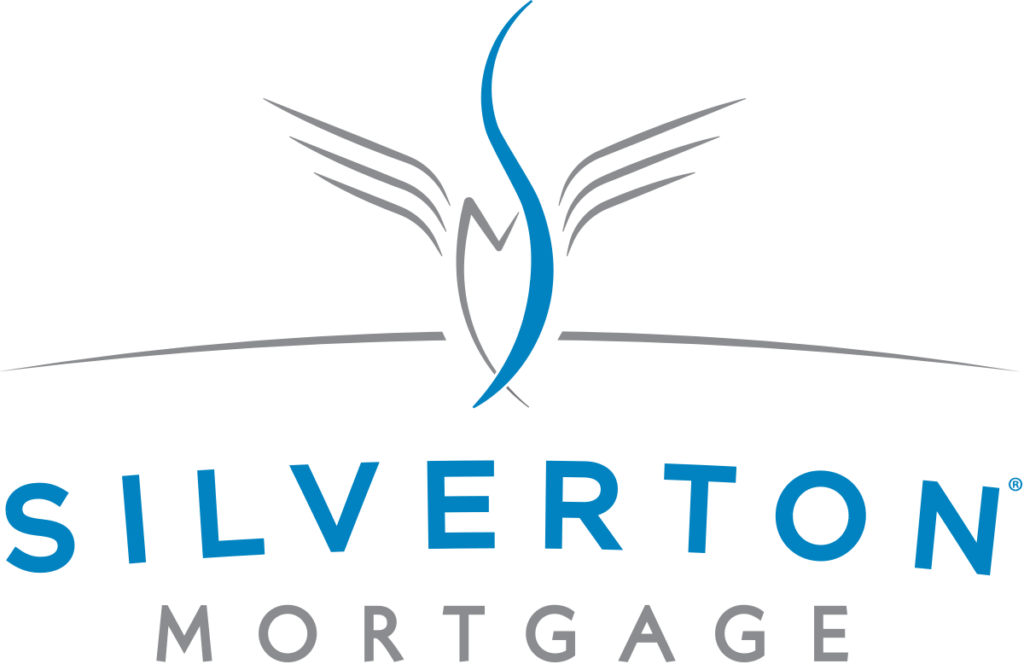For many, applying for a mortgage is understandably intimidating. Having all the information to ensure a smooth and successful process is the key to mastering your home loan experience. Let us help walk you through everything you’ll need so that, when you’re ready, you’ll have complete confidence in your decision.
While you may think that finding the perfect home should be the first step towards homeownership, it’s important to first consider being pre-approved for your mortgage loan. During the pre-approval process, a lender will make a non-binding determination whether you’re qualified to borrow money along with how much. Not only will this step give you an idea of how much home you can afford but you’ll also be letting sellers know you’re a serious buyer.
Being Prepared
Before you reach out to a lender it’s a good idea to review your credit report. You can request a free copy of your credit report annually from the three major credit bureaus; Experian, Equifax, and Transunion, or visit annualcreditreport.com. Also, look for any errors that may need to be fixed. Confirm that your personal information, as well as listed debt, is correct. If something looks suspicious, contact the provider for assistance on how to move forward. It’s better to address errors before you start the mortgage process so that you don’t run into roadblocks because of inaccurate information.
Now it’s time to shop for a lender. While the typical buyer spends more than four months searching for a home, they don’t tend to put as much effort into comparing mortgage rates. This can be a costly mistake, especially if your credit score is on the lower end. For example, a one-point difference in your percentage rate could mean spending tens of thousands more over the life of the mortgage. Finding the right lender could make a big difference in the type of home you’re able to purchase.
When you’re ready to be pre-approved for your mortgage, you should be prepared to give general information about your income as well as information about your monthly bills. This lets the lender calculate your estimated debt-to-income ratio or DTI. This gives lenders an idea of whether you’ll be able to afford the monthly mortgage payment. To determine your DTI, simply add up all your monthly debts and divide the sum by your monthly gross income. Mortgage lenders look at two components when it comes to your DTI: the front-end ratio and the back-end ratio. Your front-end ratio is the percentage of monthly gross income that would go toward your housing expenses such as monthly mortgage payments, property taxes, homeowner’s insurance, and homeowner’s association fees. The back-end ratio shows what portion of your income is needed to cover all your monthly debt. This includes your mortgage payment, housing expenses, and revolving debt such as credit cards, child support, etc. Different loan programs can have different DTI requirements, so talk to your lender about your options.
With a better idea of what your monthly finances look like, a lender will be able to give you an estimate of the loan amount you’re likely to qualify for. They’ll also look at the price range of the home you would like to buy and what your down payment will be. If all goes well, all the information listed above will lead to a pre-approval letter indicating how much you can afford while house hunting. Pre-qualification letters are not an official approval of your loan application, and your actual rate, payment, and loan costs could be higher. Be sure to reference your Loan Estimate, which your lender is required to send to you after you submit an application, in order to make yourself more familiar with the potential loan terms.
Closing Costs
When most people think of the costs associated with buying a home, they focus on the down payment. That’s because of a common myth that you need to put 20 percent down in order to qualify for a home loan. There are plenty of programs available that require much less, with some that don’t even require a down payment at all. However, there are still several unavoidable costs that come with the home loan process. Usually, these costs are due on or before the closing day and can add up if you’re not prepared. Here’s a breakdown of what you can expect:
Appraisal
Once you’ve found the home of your dreams, your lender will order an appraisal to gather an estimate of the home’s market value from a licensed appraiser. While costs vary, you can expect to spend around $500.
Application fee
It’s typically your responsibility to cover the costs of processing your request for a new loan. This includes costs like credit checks and administrative expenses. This fee varies based on several factors including what your lender charges and the amount of time it takes to process your loan. It’s best to ask your lender how much the fee is before you apply so that you can plan accordingly.
Settlement fees
Fees charged by the company or attorney who facilitates the closing of your loan. While this amount can vary, expect to pay $500 to as much as $1,500 for this service.
Prepaid interest
It’s typical for lenders to require you pay the interest that accrues on the mortgage between the date of settlement and your first monthly payment due date. For example, if your closing day is on October 15, your first mortgage payment likely won’t be due until December 1. However, you still need to pay the interest beginning on October 15. That cost is due on closing day and the amount will depend on the interest rate and size of your loan.
Loan origination fee
This is basically the fee that your lender charges for making your mortgage loan. This cost can be a percentage or a flat fee, depending on your lender and loan type. This fee can be a significant amount. For example, if your lender charges 1 percent and your loan is for $300,000, the origination fee will be $3,000. The peace of mind that comes with knowing what your costs will be on closing day is always important, so make sure you ask what the origination fee will be before you decide on a lender.
Title Insurance
This is typically a one-time fee. There are two types of title insurance: lender’s and owner’s. The lender’s policy protects the mortgage company’s loan and interest in the property, while the owner’s policy protects the homeowner. If you don’t purchase owner’s title insurance at closing, the cost may increase with time if you decide to purchase it later. Owner’s title insurance provides the homeowner protection if someone sues and says they have a claim against the home from before the homeowner purchased it, while the lender’s title insurance protects the lender against problems with the title to your property. This cost varies from state to state and depends on different factors, such as the value of the home and loan amount, but averages around $500 for the lender’s policy and $800 for the owner’s policy.
Adding It All Up
All in all, you should anticipate closing costs being between two to five percent of the loan amount. For instance, if your home purchase is $400,000 then you should anticipate spending around $8,000 to $20,000 on closing day. Sometimes you can negotiate to have some of these costs covered by the seller, but you shouldn’t count on it.
Buying a home is a big commitment. Being prepared and educated on the costs associated with the mortgage loan process will help keep surprises and disappointment at a minimum as you venture into the world of homeownership. The folks at Silverton Mortgage take pride in recognizing that every customer’s circumstance is different and work to find the best loan option to fit their unique needs. We know mortgages and are happy to share that knowledge with you so that you feel confident and prepared to take the leap into buying a home of your own.
You Might Also Like

Navigating the Mortgage Maze: The Mortgage Process Simplified

April: The Month of Empowerment

